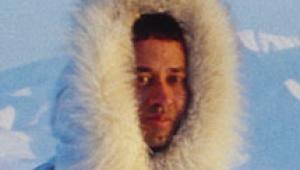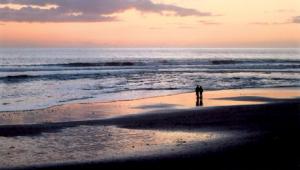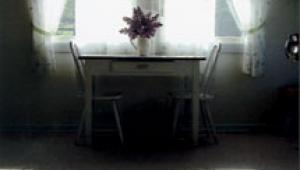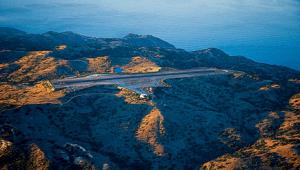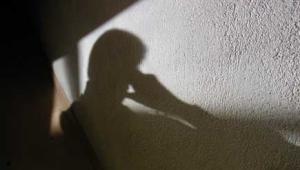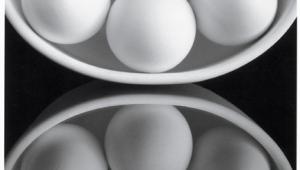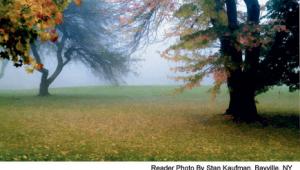The Wonders of Flash Page 3
| Flash Exposure Virtually all modern electronic-flash units feature automatic exposure control. But before going into that, we're going to cover manual flash, so you'll understand the principles involved. When shooting with electronic flash, the very brief duration of the flash burst (1/1000 second or shorter with most units) serves as your "shutter speed"—it controls the duration of the exposure. All you have to do is set the lens to the right f-stop. The simplest way to to this is by using the exposure calculator on the flash unit. First, tell the calculator how much light the film you're using needs, by setting the calculator's film-speed index to the ISO speed of your film. Next, focus on your subject and read the focused-upon distance (which, for on-camera flash, is the flash-to-subject distance) on the lens barrel. Using the exposure calculator on the back of the flash unit, locate the flash-to-subject distance. Opposite it you will find the correct f-stop to use for the picture. You'll notice that the farther away you get from the subject, the larger the lens aperture you must use. When the subject is a long way off, you won't be able to open the lens enough to provide proper exposure. That's why it's silly to shoot flash pictures from the stands at a football game or other event where you're a long way from your subjects—the flash will have little effect. Another way to determine the correct f-stop is by using the flash unit's guide number. This is a (sometimes optimistic) rating of the flash unit's illuminating power, provided by the manufacturer. Just divide the flash-to-subject distance into the guide number, and the result is the f-stop to use. If the guide number is 80 for the film speed you're using, and the flash unit is 10 feet from the subject, 80 divided by 10 equals f/8. Since the manufacturer's guide number might not be accurate for your particular shooting circumstances, it's wise to shoot a guide-number test. Have a friend sit on a chair 10 feet from your camera/flash unit, holding a series of cards marked with your lens' f-stops. Shoot a series of flash shots (being sure to give the flash unit plenty of time to recycle between exposures—10 seconds after the ready light comes on should be sufficient), one at each f-stop, with your friend holding the appropriate card for each shot. After the film has been processed, examine it, and pick the best exposure. Multiply the f-number on the card in that frame by 10 (the flash-to-subject distance), and you've got your guide number for that flash unit and film. Notes: If you find yourself shooting in a larger or darker-walled room than the one in which you shot your guide-number test, or outdoors at night, you'll have to give more exposure than indicated by the guide number. Conversely, if you shoot in a smaller room with more-reflective walls, you'll have to give less exposure than the test indicated. Guide numbers are guide, not ironclad laws. For many years, manufacturers' guide numbers were given for ASA (ISO) 25 film. Today, they are given for ISO 100 film—a flash unit's guide number for ISO 100 film will be twice it's guide number for ISO 25 film (and a flash unit's guide number for ISO 400 film will be twice its guide number for ISO 100 film). Along the same lines, guide numbers given in feet will be 3.28X higher than guide numbers given in meters. |
- Log in or register to post comments








